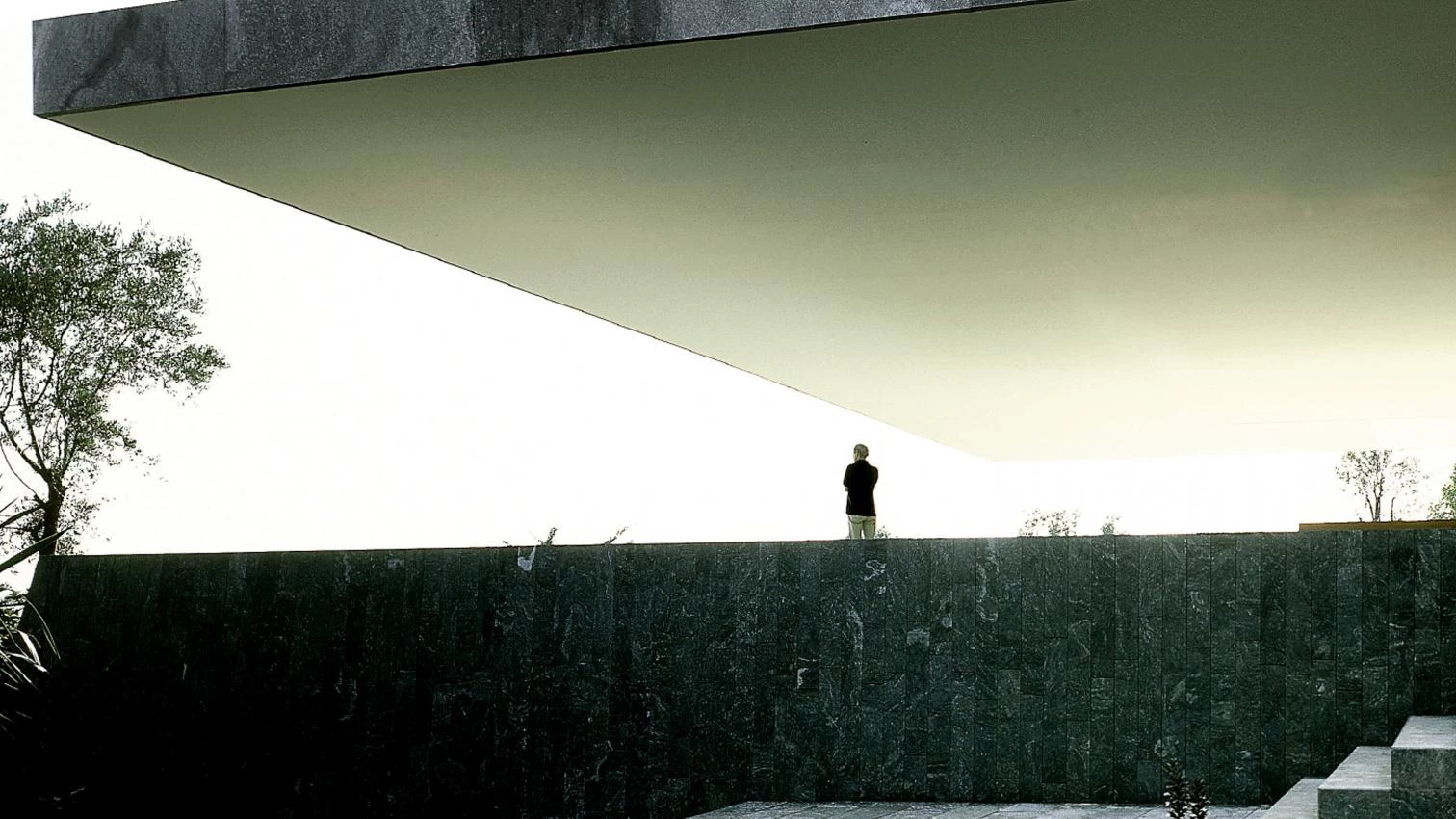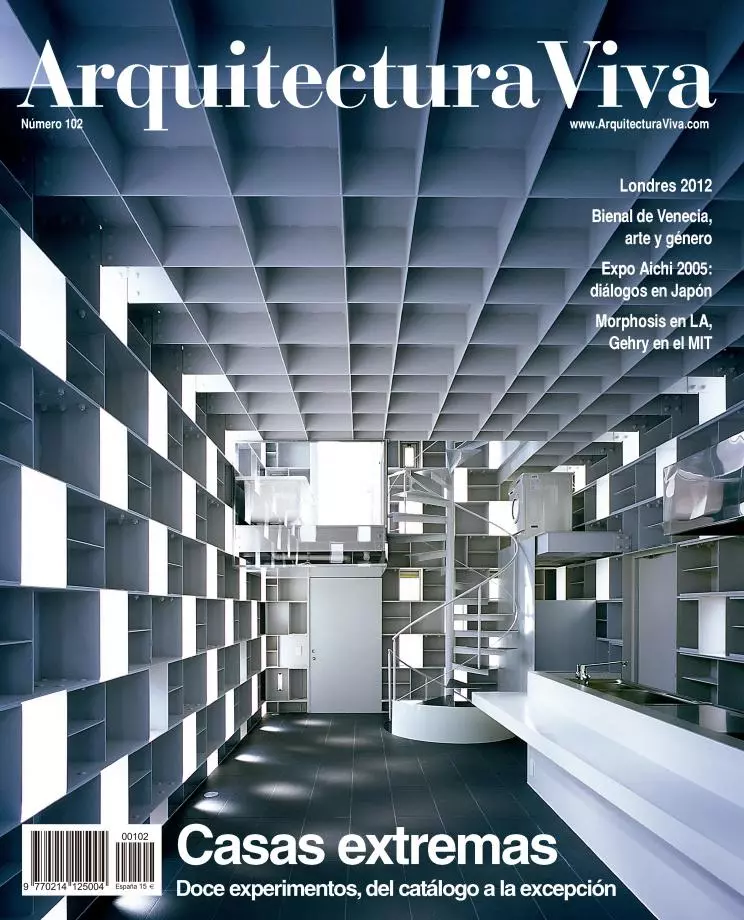
Architects admire extreme houses, but technologists promote digital homes. If we think it through, what we here describe as extreme houses are actually very primitive ones, because after all they use old devices of architecture – construction and geometry, texture and color, space and light – to take to the limit structural display, typological innovation or aesthetic discovery. In contrast, what technology firms call digital homes are in fact conventional dwellings in terms of morphology and appearance, but filled with electronic gadgets connected to one another and the web. The extreme house intensifies architectural invention, and sharpens the emotional experience of the environment, stressed by a gradual stripping of all that is considered accessory; the digital home, for its part, avoids artistic experiment, and replaces the perception of proximity with the proliferation of virtuality, fed by the persistent buzz of flat screens.
Faced with declining demand from offices, large companies of electronics, computer and telecom have shifted their attention to the domestic realm, and the home is due to become the most important commercial battlefield in the coming years. As The Economist points out in a comprehensive report on ‘The digital home’, it is a potential market of around one billion euros, and all the technology firms – Microsoft, Intel, Sony, Hewlett-Packard, Apple, Verizon, Comcast, Yahoo! or Cisco – have hurried to get their share. Corporate campuses and trade shows display prototype houses packed with all sorts of gadgets and screens, peddling entertainment and automation as the essential features of the digital lifestyle: from televisions and computers to garage doors and refrigerators, all domestic equipment flaunts microchips and wireless connections, turning the home into an interactive electronic stage.
However, and as the British magazine takes care to highlight, in the trend-setting grounds the digital home shares the leading role with the designer home, almost exactly opposed in content and appearance. If we look for the seeds of the future in such suitable places like California’s Silicon Valley, we shall find that houses are either “light-flooded, sparse and vaguely Asian in character, with perhaps a Zen fountain in one corner, a Yoga area in another”, or else “resemble electronic control rooms with all sorts of gadgets, computers, routers, antennae, screens and remote controls”. Every now and then, both models coexist, and while ‘she’ occupies the public and living areas, ‘he’ is exiled with his toys to the attic or the basement. But people seek simplicity, and in the conflict between the digital home of technologists and the laconic house of architects, The Economist believes that the latter will prevail: Arquitectura Viva shares this forecast, or this desire.





